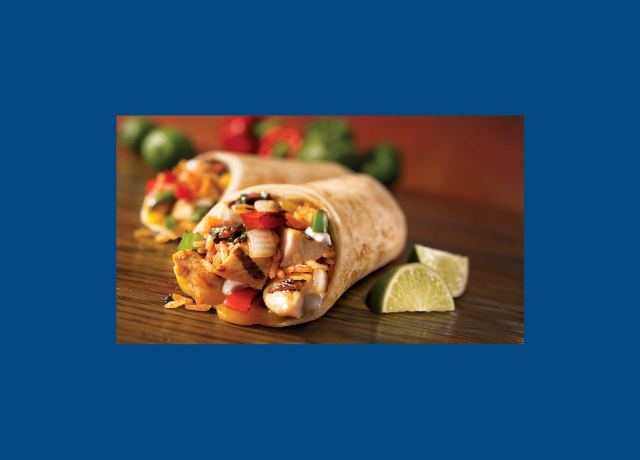In a December column for Folio:, Nick Giallourakis described the different ways media companies can repurpose content to create valuable new assets. Below are three examples of the ways publishers are creating new business in simple and efficient ways by repurposing content across the print and digital divide.
Cigar Aficionado releases unpublished portions from its filmed Michael Jordan interview
Snagging a rare interview with basketball legend Michael Jordan for its December 2017 cover, Cigar Aficionado was able to capture something that it never had before. While the magazine had previously included video on its website—such as short features with editors reviewing cigars, or behind-the-scenes clips of Arnold Schwarzenegger driving his personal tank while chomping a cigar—it had never filmed any of its celebrity cover interviews.
“When we arranged an interview with Jordan for the December 2017 cover, we knew right away we wanted to capture the conversation on video,” says David Savona, executive editor at Cigar Aficionado. “Video is such a beautiful way to add to the experience and to keep our audience in our world beyond the time they are reading the magazine.”
The filming process was relatively simple: The photographer they used for the interview had video experience, so they supplied him with additional staff and a multi-camera setup for the video component. The results blew away the magazine staff’s expectations.
“Watching it come together, I could tell right away it was going to be something special,” says Savona, who was present at the interview that was conducted by Marvin R. Shanken, owner, editor and publisher of Cigar Aficionado. “His responses were so good, so intriguing, and really gave a view of the man a lot of people perhaps did not know. We were very happy watching how it unfolded and seeing how it all came together in the final editing.”
Readers responded with enthusiasm. The video interview drew traffic from mentions in the print magazine, as well as from site visitors and social media followers, and it received press coverage from other outlets, including Golf Digest.
New York magazine recently celebrated its 50th anniversary, and at the time of the magazine’s founding, New York City was in a difficult period—fighting bankruptcy, high crime, and a negative image. Over the ensuing 50 years, the city’s dramatic evolution was captured in the magazine’s pages.
“We had the perfect opportunity to use our archives to showcase this extraordinary time,” says David Haskell, business and strategy editor at New York. “As a weekly magazine, you have this on-the-ground, unfocused but thrilling story of the city’s change.”
The magazine opted to use an editorially driven approach, rather than a “greatest hits” piece, to tell the story of the city’s last 50 years. It found Simon & Schuster to publish the book and released “Highbrow, Lowbrow, Brilliant, Despicable: Fifty Years of New York” last November.
The process for publishing the book was selective. “There were a lot of terrific stories, especially over the past 10 years, that didn’t belong in the book,” says Haskell.
Haskell advises editorial teams to think of their archives as an opportunity for a remix or a new round of curation.
“It’s not a strategy that will work in every circumstance, but it was a really happy outcome for us to make something that we were really proud of editorially out of our archives,” he says.
New York has an agreement with Simon & Schuster to add three more books to the series.
Most repurposing involves offline material converted into online content, but AllRecipes.com has had success doing just the opposite with its online-to-offline publishing strategy. The 20-year-old website began as an array of online recipe hubs, initially known as CookieRecipe.com, and ultimately consolidated into AllRecipes.com. Its digital version has seen rapid growth, and now receives 80 million monthly users and 1.5 billion annual visits.
“Given the success of Allrecipes.com, the largest food site in the world, we knew there would be an appetite for a reverse-engineered, digital-to-print extension of the brand,” says Doug Olson, president and general manager of Meredith Magazines. “Newsstand testing in the spring of 2013 yielded 400,000 subscriptions in just two weeks.”
AllRecipes.com released the magazine, and has since increased its rate base seven times, to the current base of 1.4 million. And even though most of the print content is available for free online, consumers are still willing to pay.
“Editorial content is constantly evaluated and tweaked based on our findings from Allrecipes.com,” says Olson. “Consumers read magazines for inspiration, rather than dinnertime solutions, so our editors showcase other food lifestyle content, such as themed party ideas, holiday menus, kitchen trends and more.”
Olson emphasizes the heavy role that year-over-year trending data plays in curating the print magazine: Its digital site gives in-depth information about what consumers search for, what recipes they save, what they share. Other magazines can use similar data, even if from a more limited scope, to help match their publications with consumer interests.
To see the full story – click here.




